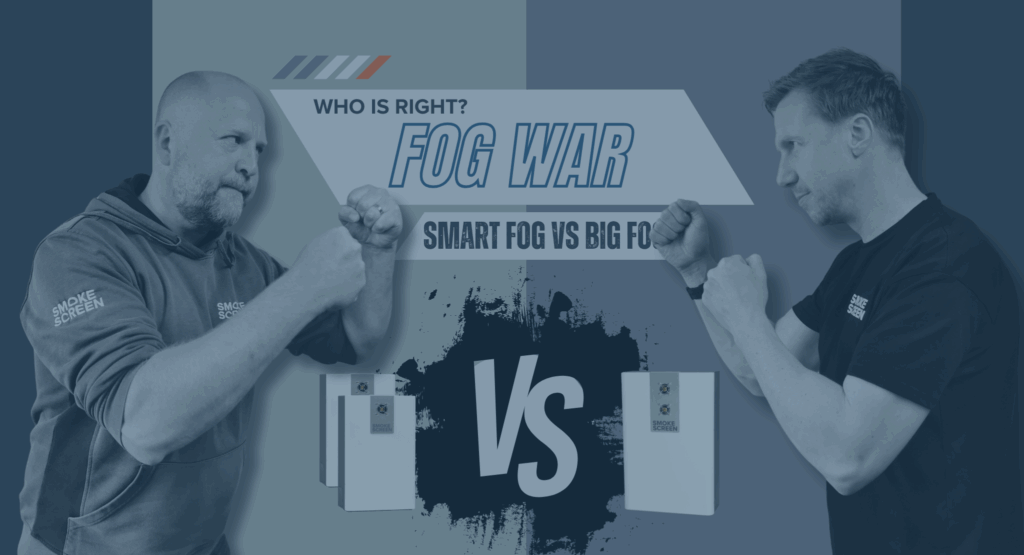A newly published study shows that young persistent offenders are significantly more likely to have been the victims of adverse experiences in childhood, and an early therapy-based approach from police and the NHS could help reduce further offending.
The study suggests that there is value in directing resources to understanding the vulnerability of young offenders and the underlying factors related to their offending: “‘diagnosing’ some causes of crime that may be treatable, in more of a ‘public health’ model of policing”.
The article was written by Cambridge University researchers, including serving Metropolitan Police DCI Lorraine Hilder. It’s called ‘Adverse Childhood Experiences (ACE) Among Prolific Young Robbery Offenders in London: Targeting Treatment for Desistance?’ and was published in the Cambridge Journal of Evidence-Based Policing.
Hilder and fellow authors Heather Strang and Sumit Kumar began by asking how prevalent are various types of adverse childhood experiences among prolific young robbery offenders in London, and what are the implications for treatment and desistance of these people from serious offending?
They looked at 1249 suspects under 26 years of age who were arrested for robberies in London in 2019, and filtered that further to the 81 most persistent offenders who had been arrested for four or more street robbery offences that year. Of these 81 offenders, 74 were male and seven female.
They found that these persistent young offenders were significantly more likely to have experienced Adverse Childhood Experiences than even the other young offenders in the study. The authors write:
“The 81 prolific robbery offenders had extremely high prevalence of ACEs: 80% had previously been victims of crime themselves (highest offence categories assault with bodily harm, robbery and domestic violence). Reported to police as missing is 63%, school exclusions 49%, incarceration of a family member 35% and known to social services 91%. The prevalence of 4 or more ACEs among the 81 prolific robbery offenders is two to five times higher than it is in other estimates for London (random sample) or England (children in need).”
The researchers also found that the seven female offenders in the 81 had, on average, suffered more than the males, and with all seven females:
“The Department of Social Services had been aware of all their families from birth; all had witnessed serious levels of domestic violence harm; all had been excluded from school, and all had been missing persons. In addition, 71 percent had also been victims of sexual abuse.”
The research points to a strong correlation between traumatic and adverse experiences in childhood and the likelihood of engaging in criminal activity in teenage years through to their early 20s (the study mentions that peak offending tends to be around 15-16 years of age, with a steep decline in participation rates starting in the early 20s).
With these traumatic experiences seemingly forming part of the underlying cause of later criminal activity, the authors conclude that there is the potential for policing to play a different role in the lives of vulnerable young people.
“Police responses generally focus solely on dealing with offender behaviour, not on understanding their vulnerability or underlying factors related to the offending,” they write. “One effect of that is that police are unable to ‘diagnose’ some causes of crime that may be treatable, in more of a ‘public health’ model of policing.”
An earlier report by Her Majesty’s Inspectorate of Constabulary and Fire & Rescue Services, “found that police response often focuses solely on dealing with children’s offending behaviour, rather than addressing their vulnerability or analysing historical factors and multi-agency information to help them understand a child’s situation.”
With this critical report in mind, and taking into account the findings of this study, they suggest that police may need to reconsider their role in addressing ACEs.
“One practical strategic approach might be for police to work with NHS Mental Health Trusts to develop and test some form of cognitive behavioural therapy to see if it can reduce further offending,” they write.
“To the extent that a prolific robbery offender is caught up in a social and family network of violence and threat, the therapy may well be overwhelmed by other factors. Yet such therapy could be part of a broader approach to reducing high-frequency crimes of high harms. With only 81 people to engage across a population of 8 million, the level of resources invested to prevent 465 robberies could be substantial but highly cost-effective.”


























